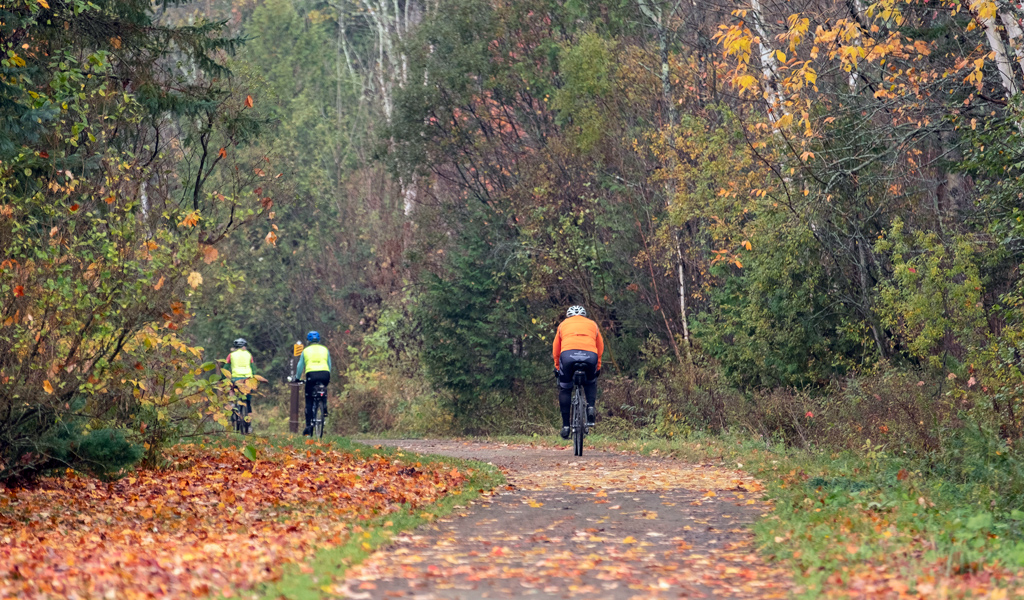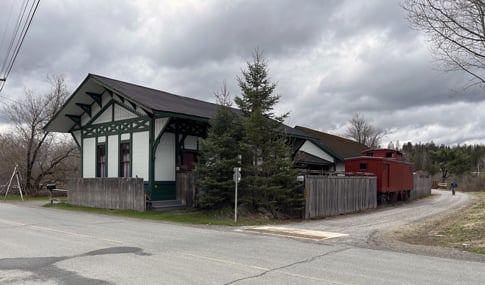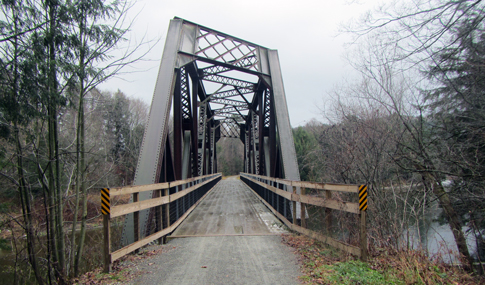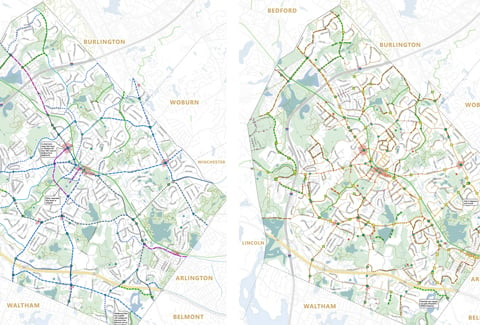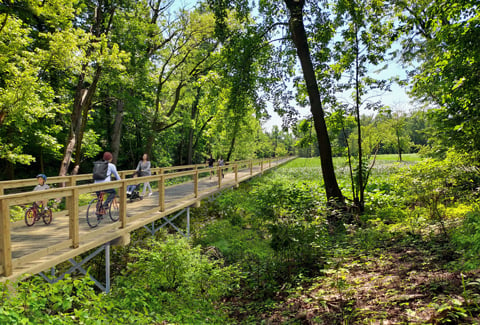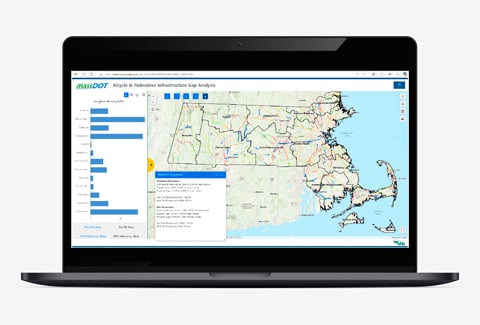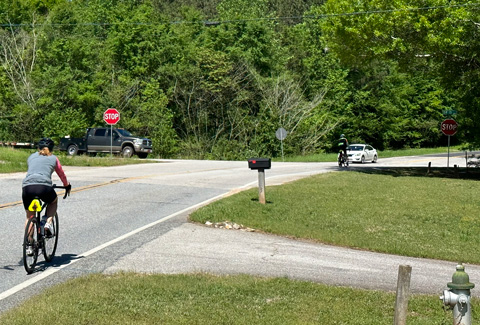The award-winning, 93-mile Lamoille Valley Rail Trail (LVRT) in Vermont has the distinction of being the longest rail trail in New England, linking 18 towns and five counties from St. Johnsbury to Swanton. The multimodal trail connects outdoor enthusiasts of all ages and abilities to charming and historic towns, idyllic farms, hiking and snowmobile trails, and picturesque scenery across Vermont. Treasured historical structures—including Vermont’s only remaining covered rail bridge—have found new lives along the revamped corridor. Maintained by the Vermont Agency of Transportation (VTrans), the newly completed trail has transformed an unused, flood-prone rail corridor into a resilient and powerful economic driver for the rural areas it serves.
VHB has been involved in the LVRT for 15 years, helping VTrans and the Vermont Association of Snow Travelers (VAST)—the original sponsor of the project—to define, permit, and design the entire trail. VHB conducted natural and cultural resource inventories and thorough reconnaissance of the trail before developing conceptual plans for all 93 miles. After helping VAST and VTrans navigate a lengthy and complex permitting process, VHB completed final design and bid packages for the trail, with construction substantially completed in the summer of 2023.
To set up the trail for long-term success, VHB collaborated with VTrans to develop a strategic plan to support management, maintenance, operations, community connections, and economic development opportunities. VHB has also been supporting the trail user experience, working with VTrans to develop a uniform approach to signage along the trail and adjacent trail connections. VHB continues to work with numerous towns along the trail on trailhead improvements, incorporating the communities’ visions through an extensive public engagement process.
The LVRT is the culmination of a rehabilitation effort spanning more than 15 years and driven by engineering ingenuity and contributions from stakeholders far and wide and stands out as a lasting transportation legacy—and a Vermont success story.

